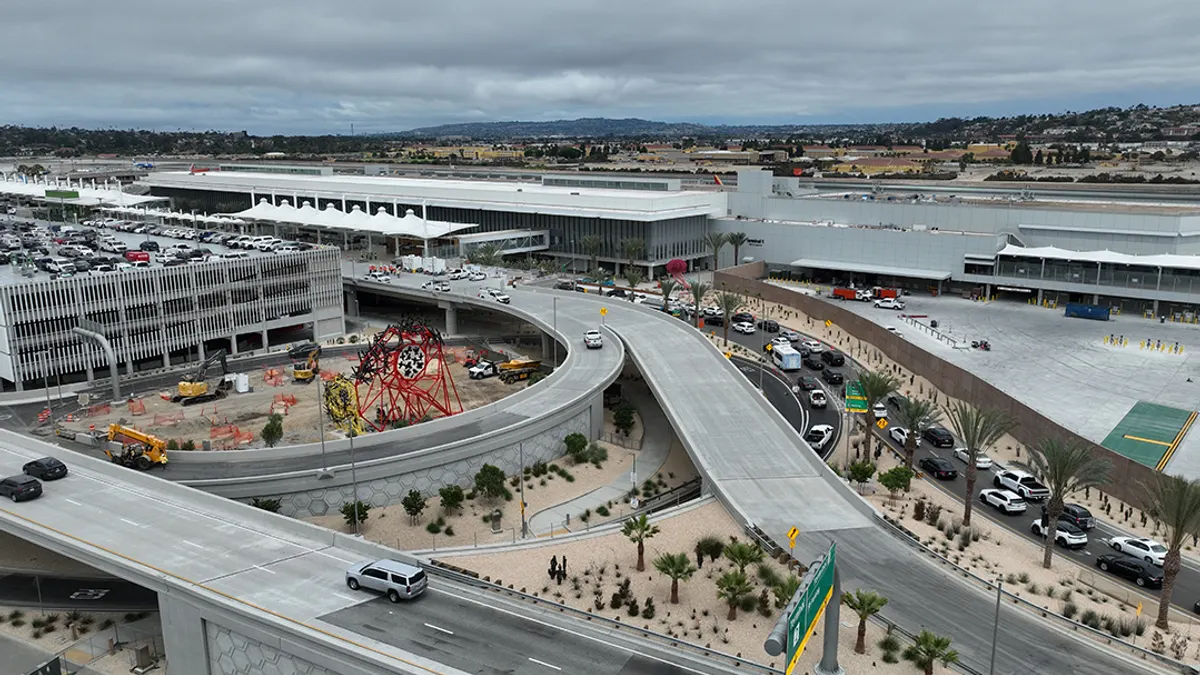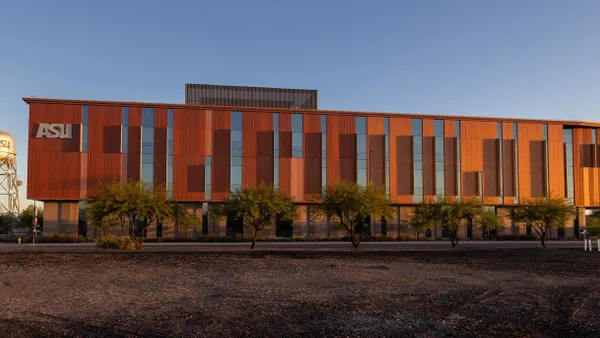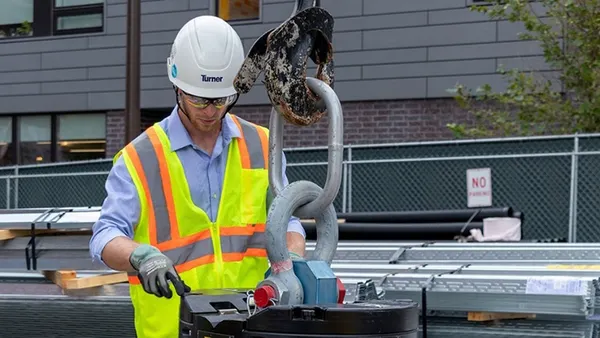When market conditions are unstable, a broken machine isn’t just a repair bill—it’s a financial risk that ripples across the entire business.
Civil contractors already face high interest rates, supply chain delays and rising material and part costs. Add the impacts of shifting economic policies, tariffs and persistent labor shortages, and the outlook becomes even more uncertain.
This volatility makes profits less predictable and business risk even harder to manage. To combat this, forward-looking civil contractors are gaining an edge by leveraging their heavy equipment as a pathway to financial resilience, not just a production tool. How? Two words: preventative maintenance.
Preventative maintenance uses real-time jobsite usage data to schedule inspections, service tasks, repairs and more that keep machines running safely, efficiently and with minimal downtime. By maximizing usage and extending both the life and value of equipment, contractors can protect cash flow, strengthen their balance sheet and create a buffer against economic uncertainty.
Five benefits of preventive maintenance
Even in the best economic conditions, equipment is typically the second largest expense for civil contractors, behind labor, typically consuming 15–20% of total project costs according to construction consulting firm FMI. On a $1M job, that’s about $200,000. Reducing that to 5-10% of the project cost —a goal often achievable through a preventive maintenance program—can add $100,000–$150,000 to the bottom line. Here are five ways contractors can bring down equipment costs through preventative maintenance:
1. Control costs and protect cash flow
When interest rates are high and financing is tight, protecting cash flow is critical. One of the most effective ways to do this is by keeping equipment operational during peak construction periods. Imagine a crew ready to break ground when an excavator fails. The result? A $25,000 emergency repair, days of idle labor and possible rental costs to stay on schedule—all unplanned expenses that quickly drain cash. Factor in the risk of liquidated damages for project delays, and the financial impact multiplies.
Preventive maintenance allows contractors to protect cash flow by identifying issues early, reducing unexpected breakdowns and turning unplanned emergencies into predictable, manageable costs. It also ensures equipment remains reliable during the busiest months, enabling contractors to plan replacements strategically rather than reacting to costly failures.
2. Get more life and value from every asset
From backhoes to bulldozers, new civil construction machinery is a costly investment. Preventive maintenance helps contractors get the most out of their equipment investment in two big ways. First, it extends the useful life of the fleet and prevents early wear and breakdown. In today’s climate of high interest rates and tight margins, squeezing an extra season (or even an extra year) out of a machine can make a significant difference in a contractor’s budget. Second, consistent upkeep protects resale and trade-in value. When it’s finally time to upgrade, contractors can get more back for the machine, money that goes straight into the next project instead of getting left on the table.
3. Boost labor productivity and keep crews on track
Labor is one of construction’s scarcest and most expensive resources, and with the current tight labor market, maximizing productivity has never been more critical. Idle crews due to equipment failures are less productive and often result in increased overtime costs and project delays.
The same applies to mechanics: reactive, uncoordinated service is both inefficient and frustrating. Coordinating preventative maintenance with another service call—or performing it proactively when a machine is already in the shop—avoids taking equipment out of service multiple times. This approach keeps mechanics more productive and focused on turning wrenches.
4. Reduce material waste
Equipment failures don’t just waste labor; they also waste material. Let’s say, for example, a roller breaks down on a paving project. Crews may be forced to scrap hot asphalt, which in turn means replacing the material (and doubling the cost) and delaying both project completion and payment. With inflation and tariffs driving up material prices, that waste hits even harder. Strategic preventative maintenance turns that scenario around. By ensuring machines are always in working order, contractors can reduce material waste while keeping schedules on track and projecting their margins.
5. Strengthen reputation and win more work
In unpredictable market conditions, reputation matters more than ever. Contractors known for reliability and for keeping unexpected costs in check gain a real competitive advantage. Preventive maintenance helps make that possible by keeping machines running, schedules on track and crews productive—so high-quality work becomes the norm. That consistency leads to happier clients, a stronger reputation and a lasting competitive edge.
What to look for in a preventative maintenance partner
The best partners flex with market conditions, labor availability and project demands—keeping crews productive and assets profitable.
The right preventative maintenance partner will help:
- Streamline shop work and reduce downtime
- Gain real-time asset management across the fleet
- Integrate asset tracking and meter data (engine hours, odometer miles, etc.) from GPS or telematics to drive timely service
- Provide full equipment visibility to inform repair, trade-in or disposal decisions
- Support mechanics in the field with mobile, offline access to service histories and records
- Document service history for resale and financing leverage
- Keep maintenance costs under 5% of revenue.
By choosing a partner that meets your unique needs, you'll be perfectly positioned to maximize the benefits of preventive maintenance.
The bottom line
Economic uncertainty makes construction riskier and less predictable. The contractors who thrive aren’t the ones who slash spending, but the ones who spend smarter.
Preventative maintenance is one of the sharpest tools available to protect cash flow, preserve asset value and turn operational stability into competitive strength. When treated as a financial strategy, it does more than prevent breakdowns—it helps build a stronger, more resilient construction business.
To learn how you can protect your assets, reduce downtime and improve cash flow with preventative maintenance, visit Trimble.com.










